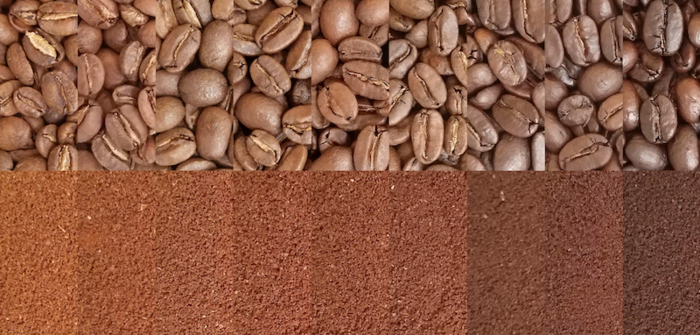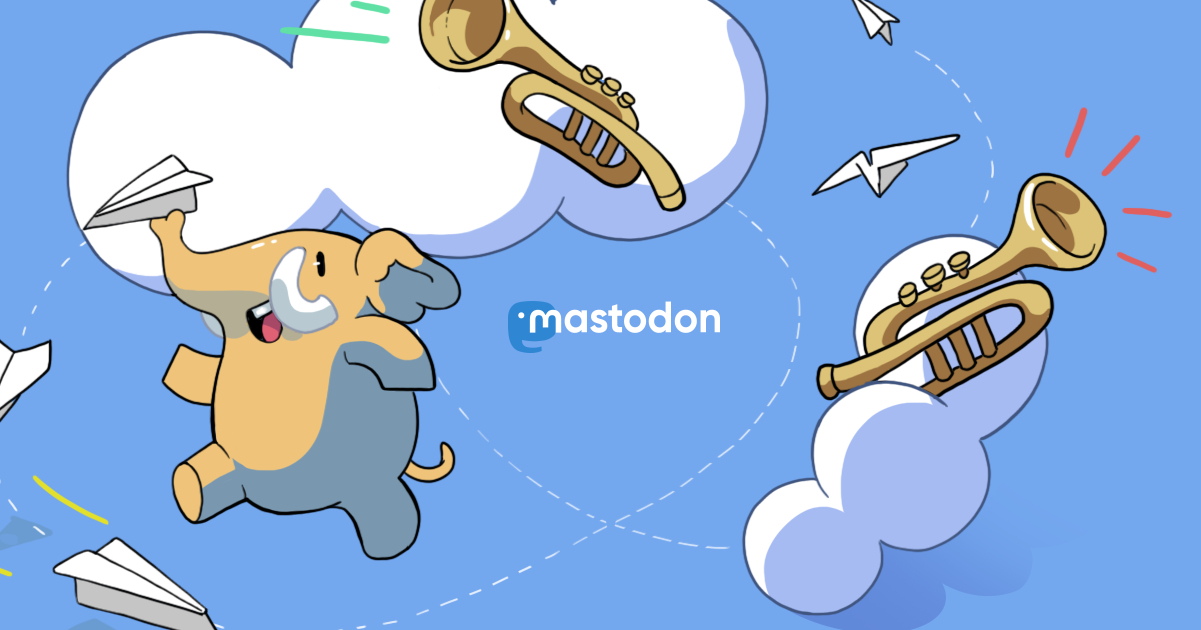
My main paying side job right now is going well. So far the client hasn't gotten spooked at any of the "here's stuff I don't know", "here are areas where you probably want to bring in someone else to work with me because I lack these skills", or "here's how much money I want". They're providing useful feedback but not micromanaging and we seem to be on the same page regarding what the deliverables should be for something that's interesting for me to work on.
I've pretty much decided to start up my own #peertube instance. Now I just need to decide when I want to start paying for the server. I think I'll start by putting together some new videos, so when those are ready might be a good time.
If you're interested in more on how I figure out how to roast different coffees, I have a little series of case studies on this video playlist: https://www.youtube.com/playlist?list=PLPTTFznZ65M-lSNokmiP2uByEoTZAg4oI
If I don't find what I want, I'll at least have a good idea of the approximate roast level that I want and enough information to decide how I want to approach a 2nd batch roasted with different time to milestone parameters (that is, taking some portion of the roast and going through that faster or slower), pulling samples from that batch in a narrower range, repeating as needed until I'm satisfied with the results.
In this case I expect that I'll want something that is on the lighter side of what I'd consider a medium roast or lighter, so most of these samples are pre-2nd crack, but taken above the temperature where coffee is invariably grassy. That consideration is going to be different for every coffee based on how pre-purchase samples performed, the intended use of that coffee, and how I envision fitting this into a product line.
One of these days I'll upgrade the data logging on the lab roaster. The hardware is only a 10 bit ADC with suboptimal full scale range getting fed from a signal conditioner with too broad a range. Channel isolation is bad and signals are noisy. I needed to bust out the math to get this working acceptably, but it would be better to just swap in better data acquisition hardware.
- Software
- https://typica.us
- Send Money
- https://typica.us/payment.html
Author of Typica software for coffee roasters.
